Tag: study
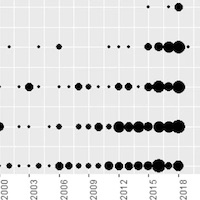
Use of Machine Learning to Analyze Routinely Collected ICU Data
The rate of publication of studies using machine learning to analyze routinely collected ICU data is increasing rapidly. The sample sizes used in many published studies are too small to exploit the potential of these methods.... read more
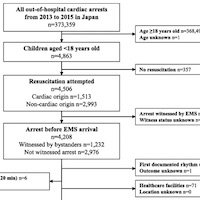
Prehospital cardiopulmonary resuscitation duration and neurological outcome after out-of-hospital cardiac arrest among children by location of arrest
A longer prehospital EMS CPR duration is independently associated with a lower proportion of patients with a favorable neurological outcome. The association between prehospital EMS CPR duration and neurological outcome... read more

Clinical Examination for the Prediction of Mortality in the Critically Ill
Clinical examination has reasonable discriminative value for assessing 90-day mortality in acutely admitted ICU patients. In our study population, a single, protocolized clinical examination had similar prognostic abilities... read more
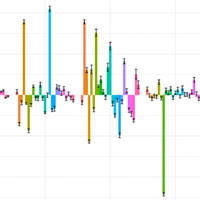
Identification of Subclasses of Sepsis that Showed Different Clinical Outcomes and Responses to Amount of Fluid Resuscitation
Sepsis is a heterogeneous disease and identification of its subclasses may facilitate and optimize clinical management. This study aimed to identify subclasses of sepsis and its responses to different amounts of fluid resuscitation.... read more

Mechanical Ventilation Sedation Necessary for Comfort According to Nurses
Nurses' attitudes toward sedating patients receiving mechanical ventilation have shifted in the past decade, with fewer nurses now believing that all patients should be sedated. However, more than half of nurses still agree... read more

Epidemiology of Sepsis and Septic Shock in Critical Care Units
A comparison between sepsis-2 and sepsis-3 populations using a national critical care database. In an ICU database, compared with Sepsis-2, Sepsis-3 identifies a similar sepsis population with 92% overlap and much smaller... read more

Impact on Patient Outcomes of Pharmacist Participation in Multidisciplinary Critical Care Teams
Including critical care pharmacists in the multidisciplinary ICU team improved patient outcomes including mortality, ICU length of stay in mixed ICUs, and preventable/non-preventable adverse drug events. From the 4,725... read more
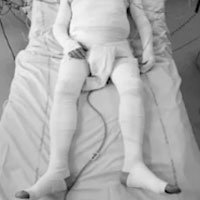
A Compression Method to Reduce Fluid Balance of Septic Shock Patients
This article presents a close look at the Corporeal Compression at the Onset of Septic shock (COCOONs). Fluid overload in septic intensive care unit (ICU) patients is common and strongly associated with poor outcome. There... read more

Preventing Surgical Site Infections Related to Abdominal Drains in the ICU
Surgical site infections are significant contributors to health care–associated infections. Nursing interventions may help decrease the incidence of surgical site infections, particularly in regards to the management of... read more

Laryngeal Injury and Upper Airway Symptoms After Oral Endotracheal Intubation With Mechanical Ventilation During Critical Care
Laryngeal injury from intubation is common in the ICU setting. Guidelines for laryngeal assessment and postextubation surveillance do not exist. A systematic approach to more robust investigations could increase knowledge... read more

Antipsychotics to Treat Delirium in Hospitalized Patients Not Including the ICUs
No evidence has been found to support or refute the suggestion that antipsychotics shorten the course of delirium in hospitalized patients. Based on the available studies, antipsychotics do not reduce the severity of delirium... read more

Prophylactic Haloperidol Effects on Long-term Quality of Life in Critically Ill Patients at High Risk for Delirium
Prophylactic haloperidol use does not affect long-term quality of life in critically ill patients at high risk for delirium. Several factors, including the modifiable factor number of sedation-induced coma days, are associated... read more
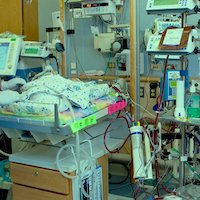
Sedation Practices of Neonates Receiving ECMO
Neonatal sedation practices during extracorporeal membrane oxygenation (ECMO) are not well described and no universal guidelines exist. Current literature describes types of medications used in adult and pediatric ECMO... read more
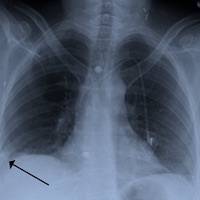
Pulmonary Embolism Hospitalization, Readmission, and Mortality Rates in US Older Adults
Over the past 15 years, advances have occurred in the diagnosis and management of pulmonary embolism (PE).1 Computed tomographic pulmonary angiography (CTPA) is now the routine diagnostic test. The availability of risk... read more








